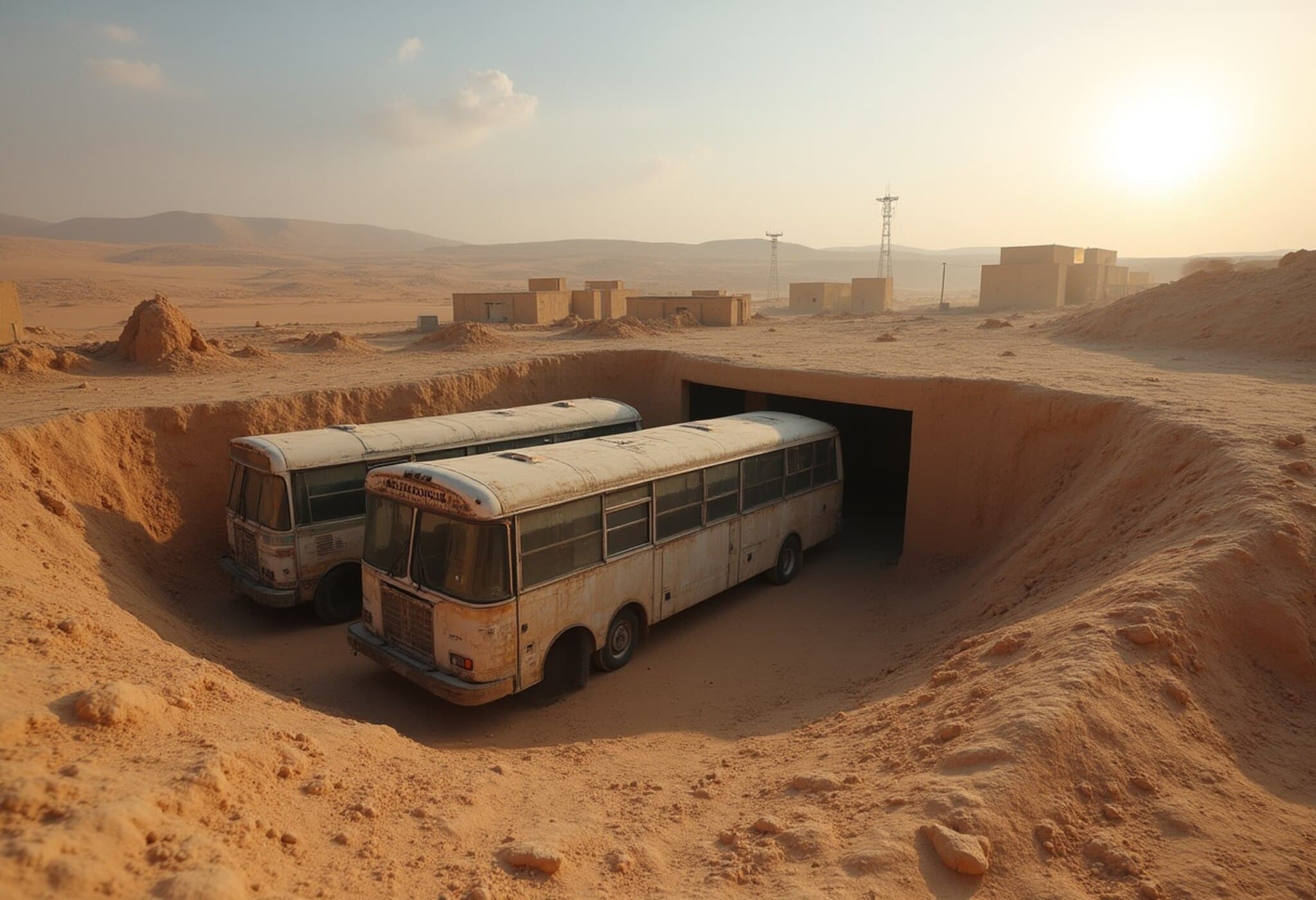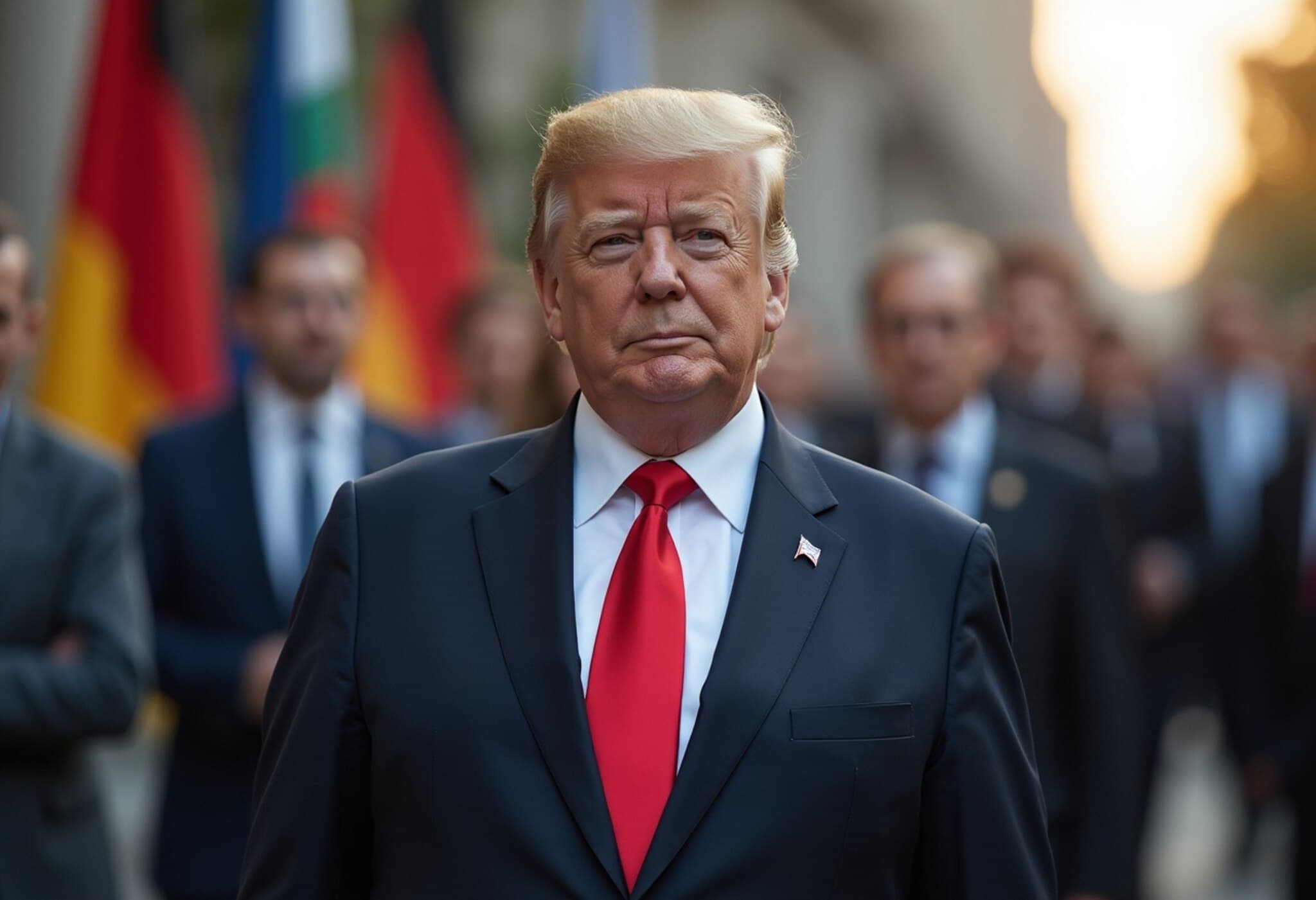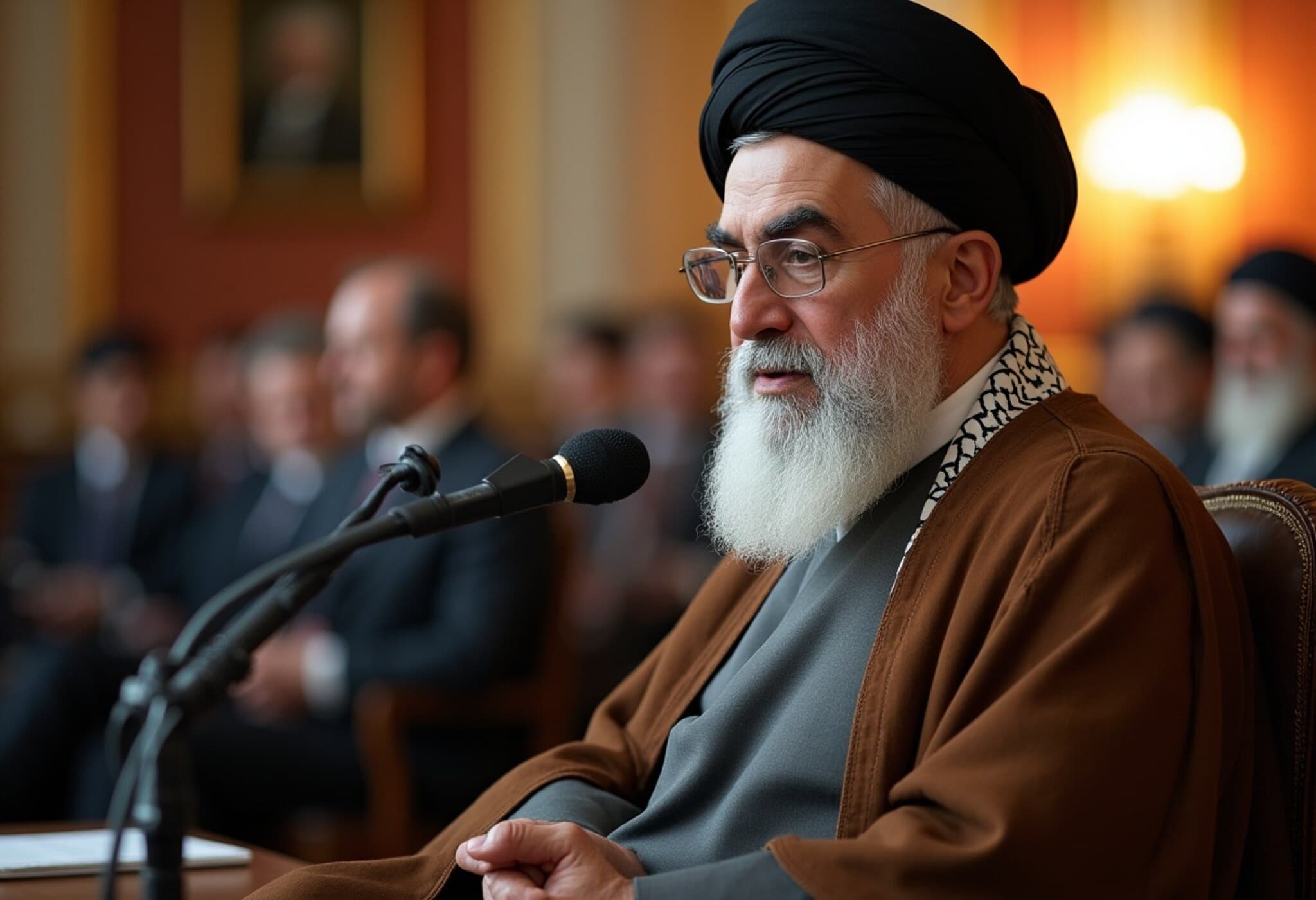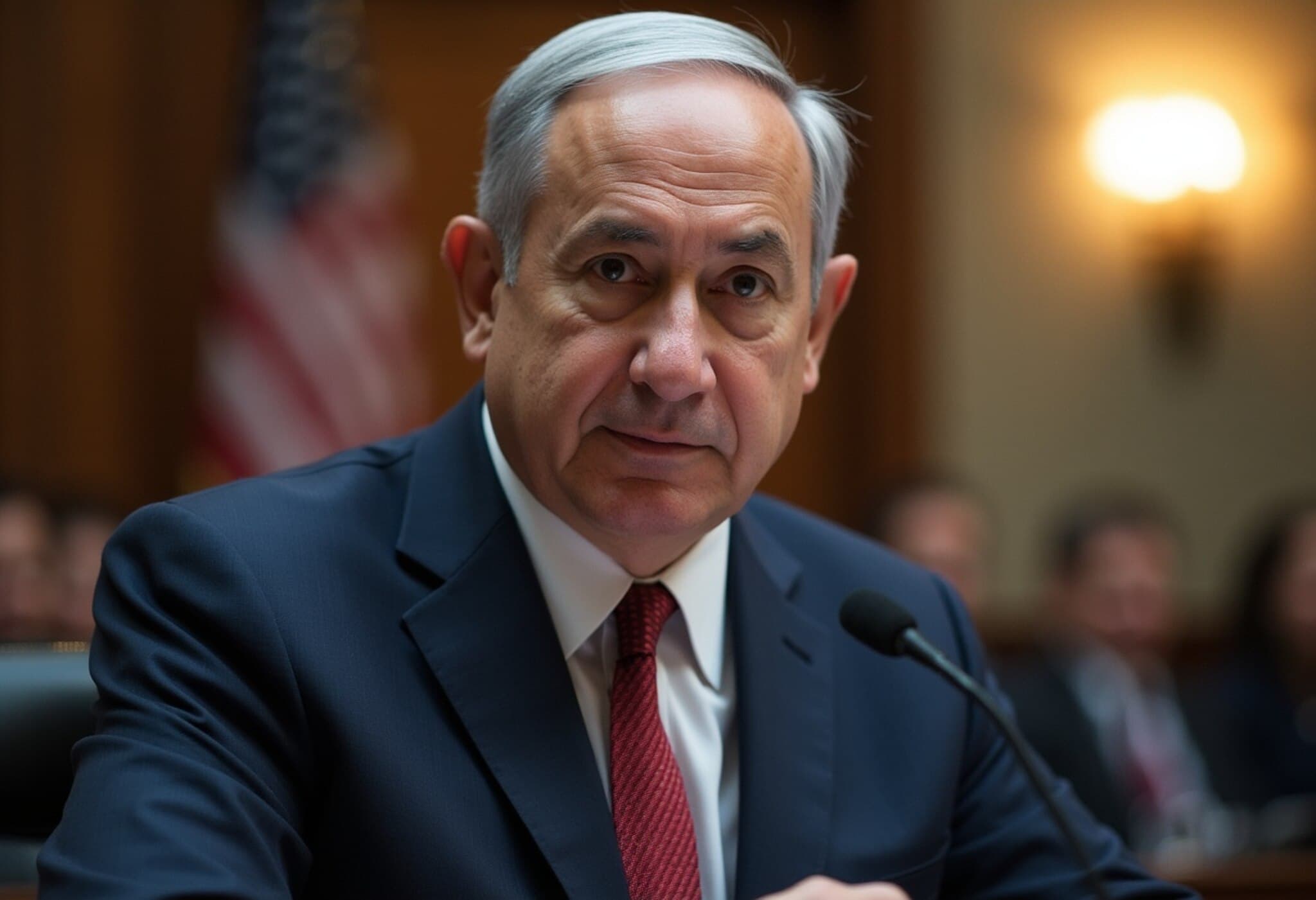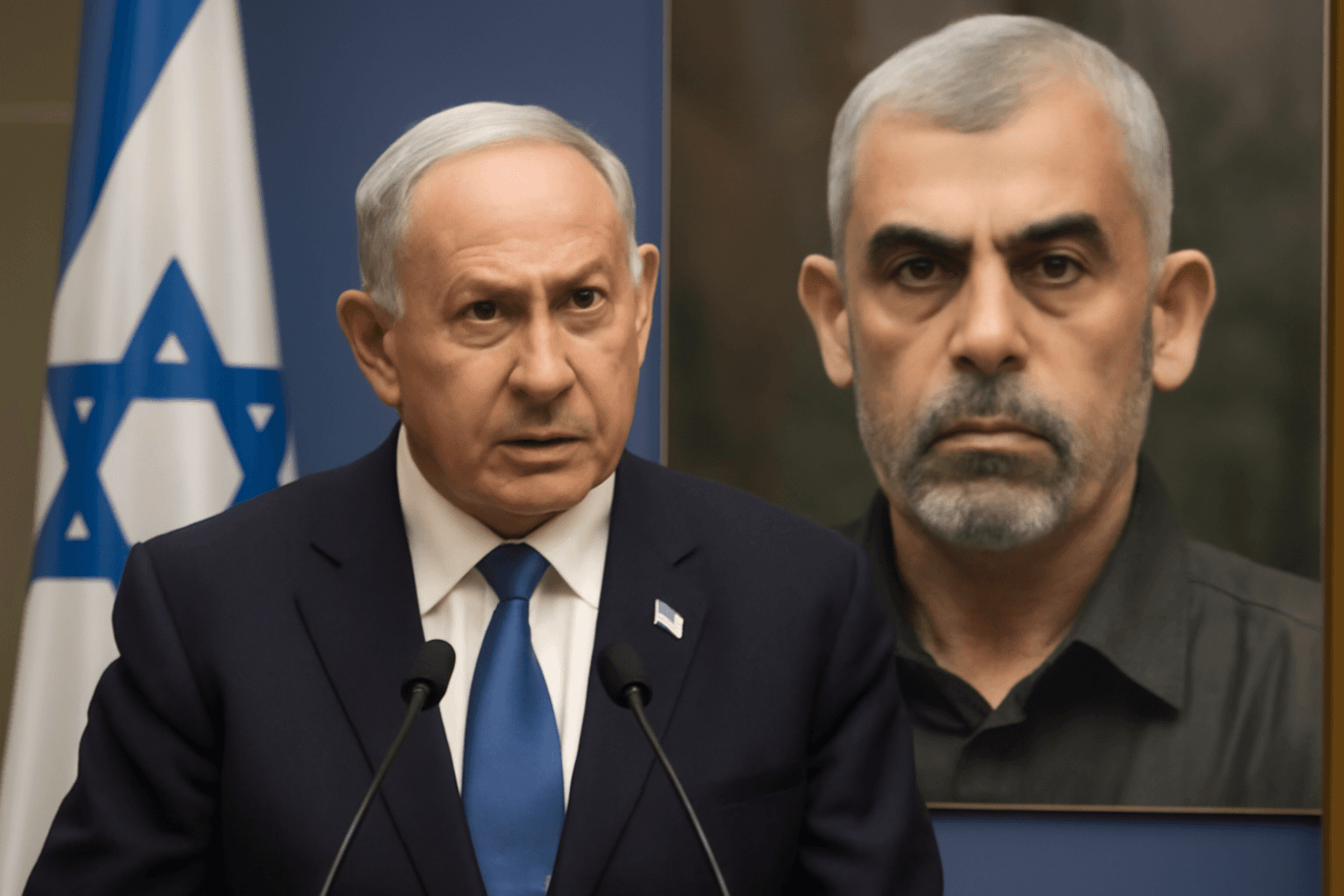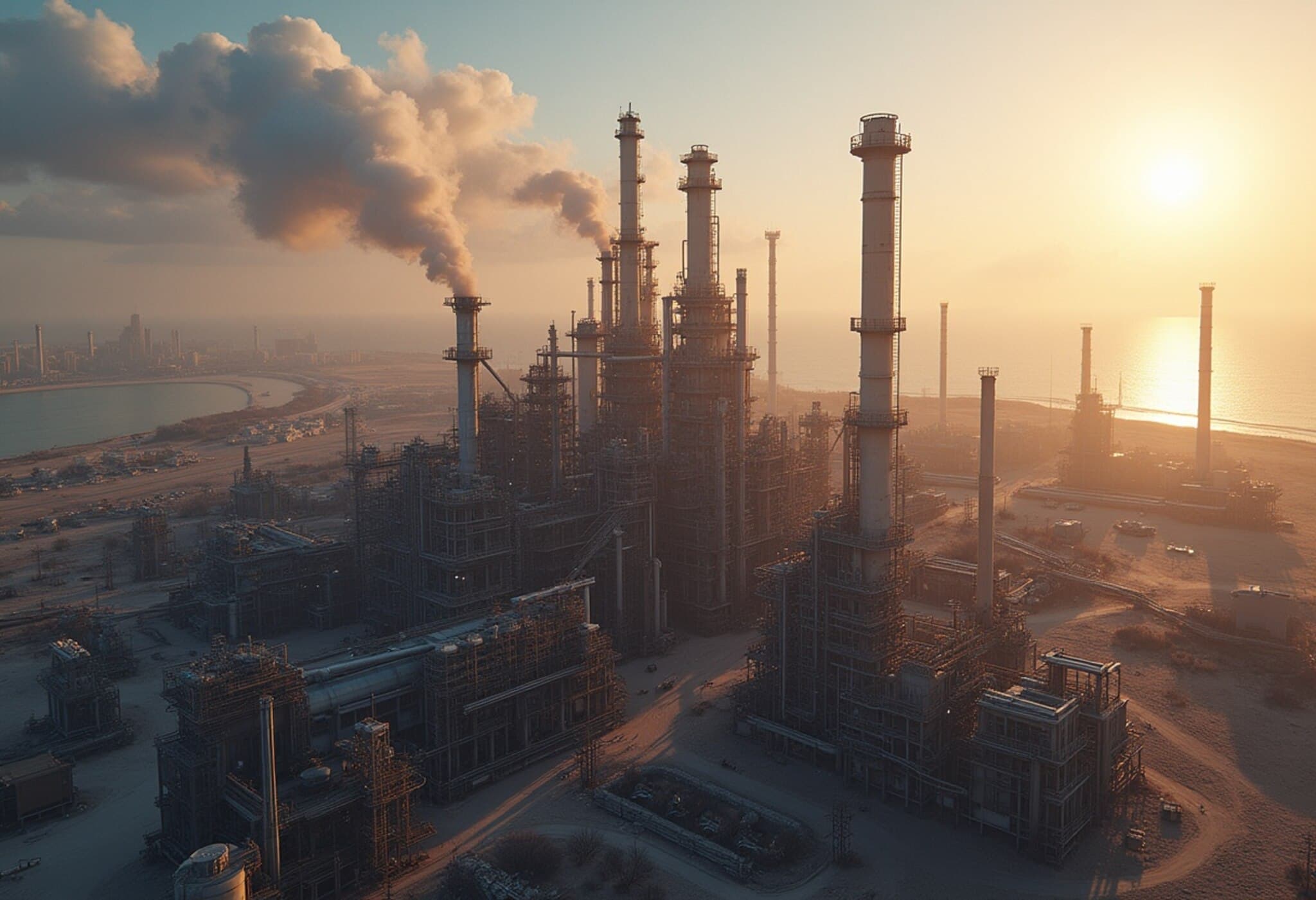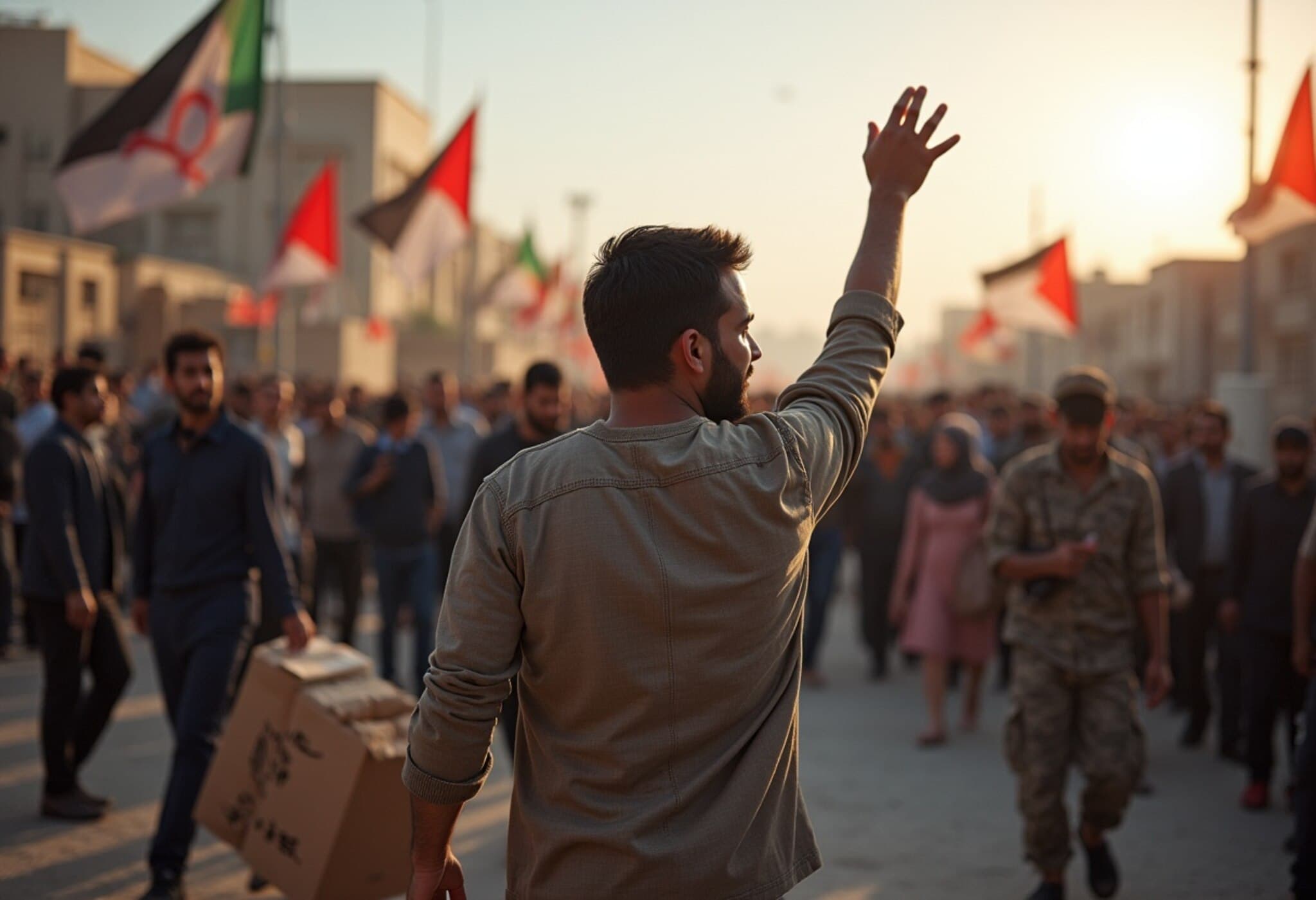When Protection Is Denied: Bedouin Communities Take Shelter into Their Own Hands
In the vast, arid expanse of Israel’s Negev Desert, the Bedouin community faces a unique and daunting challenge amid escalating regional tensions. As missile sirens pierce the southern skies warning of incoming attacks, families like that of Ahmed Abu Ganima scramble not to standard shelters, but into a strikingly improvised refuge — a minibus buried under three meters of earth.
Abu Ganima, a mechanic by trade, transformed a discarded vehicle into a makeshift bomb shelter, highlighting a poignant reality: the Israeli government has consistently refused construction permits for bomb shelters in numerous Bedouin villages. This denial forces residents to engineer their own last-resort protections.
Living on the Margins: The Struggle of Unrecognized Bedouin Villages
More than 90,000 Bedouins reside in 35 unrecognized villages throughout southern Israel, living without official recognition or basic municipal services such as electricity, water, or waste management. As Huda Abu Obaid, executive director of the Negev Coexistence Forum, points out, over two-thirds of Bedouin lack access to any formal bomb shelters.
Even in officially recognized towns like Rahat, the disparity is glaring. Rahat, home to roughly 79,000 Bedouins, offers just eight public shelters, while the nearby Jewish town of Ofakim—with less than half the population—boasts 150. This stark contrast underscores deep inequalities that persist in the provision of civil defense infrastructure.
The Human Cost: Fear, Vulnerability, and Resilience
On October 7, 2023, when massive missile barrages struck Israel, Bedouin communities felt the effects acutely. Local leaders report 21 Bedouins killed and six taken hostage. Missile shrapnel severely injured a young Bedouin girl during Iran’s April 2024 attack on Israel, underscoring the indiscriminate nature of regional conflicts.
Residents describe scenes filled with palpable fear and helplessness. Miada Abukweder, a village leader from Al-Zarnug, recounts the cries of children and the heart-wrenching desperation of mothers fearing for their families. The absence of safe, accessible shelters transforms daily life into a precarious existence.
DIY Defense: Creativity Born from Necessity
Faced with official neglect, Bedouin communities have ingeniously repurposed materials to create survival spaces. From buried steel containers and minibus shells to reinforced truck scales, these makeshift shelters offer minimal protection but a crucial psychological reprieve.
Najah Abo Smhan, a single mother and medical translator, poignantly remarks, "Our bomb shelters are not safe, but at least we’re doing something — praying, preparing, hoping to survive." Inside the earth-covered bus, noise is muffled and the children find some semblance of calm amid the chaos outside.
Policy Gap: Who Is Responsible for Bedouin Safety?
The Home Front Command, responsible for civilian protection, assigns bomb shelter maintenance to local authorities and property owners. Yet, unrecognized villages lack official local governments, creating a vacuum where responsibility and aid fall through the cracks.
Despite recent steps to distribute some mobile shelters—around 300 after the October attacks—the scale of the problem dwarfs available support. Thousands more shelters are needed, according to advocacy groups like the Negev Coexistence Forum.
Systemic Inequality in Israel’s Arab Minority
Bedouins, making up a significant portion of Israel’s roughly 20% Arab minority, live in poverty and marginalization. More than 70% fall below the poverty line. Though some serve in the Israeli military, many face discrimination and lack access to essential services—an issue that has implications beyond immediate conflict, touching on social justice, human rights, and long-term integration challenges.
Looking Forward: The Call for Recognition and Rights
Advocates stress that the Bedouin community does not demand full government funding for bomb shelters—rather, they seek the legal right to construct adequate, safe shelters by obtaining the necessary building permits. Currently, many risk fines or demolition orders by building without permits, trapped in a cycle of vulnerability.
Abu Obaid’s words resonate: "People don’t even want to try it — it’s very expensive, and then two weeks later the state says you have to destroy it." This tragic catch-22 exemplifies broader themes of marginalization and exclusion.
Editor’s Note
This story of Israel’s Bedouin communities reveals a critical intersection of security, civil rights, and inequality often overlooked in mainstream discourse. It raises challenging questions: How can governments reconcile national security needs with the rights of marginalized groups? To what extent does citizenship guarantee equal access to protection? And what remedies might bridge the deep infrastructural and legal divides shaping lives in conflict zones?
Understanding these dynamics is essential—not only for readers interested in Middle Eastern affairs but for policymakers worldwide grappling with the protection of vulnerable minorities amid complex security landscapes.

